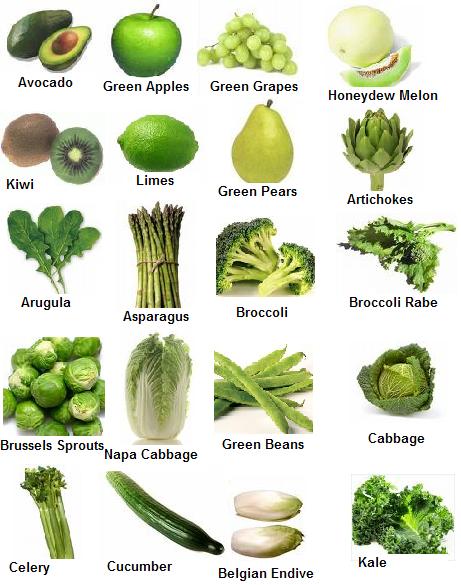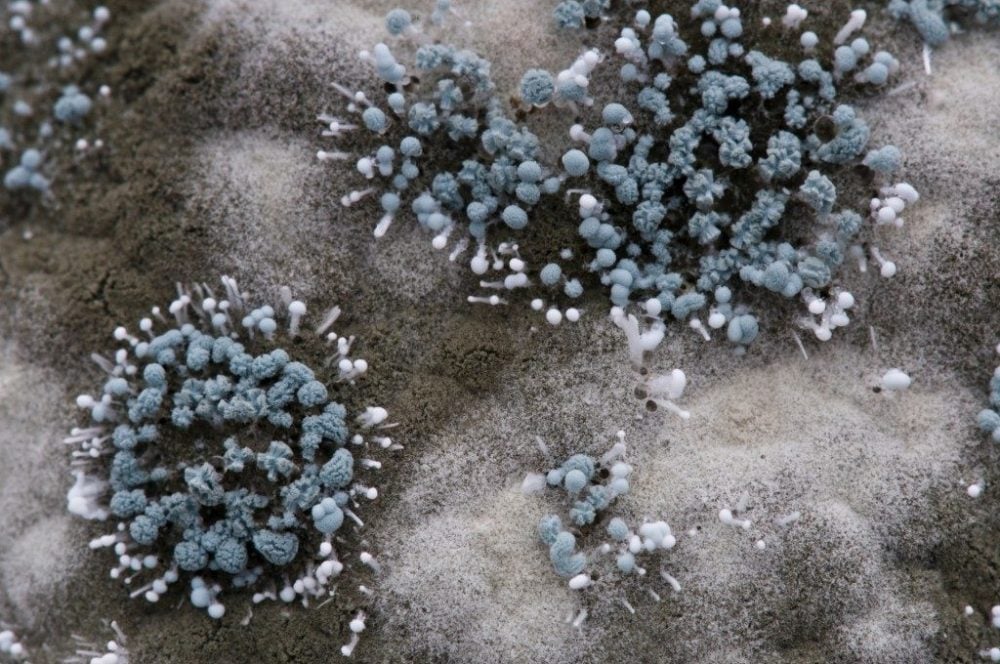Green: A Phytonutrient Guide
We’ve probably all heard about a bazillion times to eat our greens. More green veggies, more leafy greens and add a green smoothie, too.
Have you ever wondered what particularly is so special about green plants?
Some of the main health benefits of green plants and vegetables is the pigments that give them their color.
The main pigment-producing compounds in green plants are:
- Lutein
- Zeaxanthin
- Isothiocyanates
- Chlorophyll
- Sulphoraphane
What do pigments do in your body?

The pigments that give your food color are actually bioactive compounds that affect a number of health-related tasks.
1. Anti-inflammatory:
These pigments reduce the inflammatory proteins your body produces, specifically tumor-necrosis factor (TNF) and two interleukins (IL-β and IL-6). This can help to reduce chronic inflammatory responses, and might even be a candidate for cancer treatments one day.
Some plants, like algae, have anti-inflammatory properties that reduce free radicals. Free radicals are by products of normal metabolic functions, like creating energy in your cells or breaking down food.
These byproducts, however, can bind to things in your body, such as important nutrients or cell membranes, and cause quite a lot of damage. This drives inflammation up. But foods like algae, which are high in blue-green pigments, reduce this free radical action by acting like a sponge to soak up those problem compounds.
2. Antioxidant:
This is a buzz word in the supplement industry these days. These products contain compounds that, like algae, soak up free radicals and other damaging particles; these particles are either generated during normal chemical reactions in our body, or are consumed through our gut, skin or airway, but are actually not something we should be consuming (examples might include unsafe chemicals in skincare products, pesticides in food, or industrial solvents in our environment that we breath in).
But, you don’t have to buy special antioxidant products in order to experience health benefits. You simply need to consume more darkly colored fruits and veggies.
For instance, dark greens contain lutein, an antioxidant that has beneficial effects on eyesight and eye health, but also confers heart health benefits, as it reduces oxidative stress and protects myocardium from ischemia/reperfusion injury. Glutathione, your master antioxidant, also increases when you consume foods high in lutein.
This translates to lower cholesterol, lower risk of plaque formation in your arteries and an increased ability to fight infections, free radical damage and accelerated aging. All from food!!
3. Anti-aging:
This brings us to our next incredibly popular benefit of green-pigmented fruits and veggies. These plants’ pigments also confer some anti-aging benefits, too. Studies have shown that people who consume more green veggies, green tea and algae/seaweed, have healthier skin.
Some of the benefits of these foods on your skin include:
- Fewer wrinkles and more youthful skin as you age
- Less deep skin wrinkling
- Reduced photo-damage from sun activities
- Reduced pigmentation side effects such as age spots
- Less skin inflammation
- Lower rates of skin cancer due to hormetic properties
In today’s busy life that’s built on immediate results and a-pill-for-everything, it may be tempting to just buy supplements for these purposes. But, studies have shown that obtaining antioxidants from our food is usually just as effective, if not moreso, than taking them in pill or powder form.
One study on prostate cancer development demonstrated that supplementing with vitamins C and E does not have any effect on disease prevention.
Whereas obtaining these nutrients from food has been shown to prevent prostate cancer.
Not to mention, you are deriving other benefits from eating leafy greens, dark green fruits and veggies or other green-pigmented foods, besides just the pigment-related properties. These foods are also high in fiber that serves as a valuable food source for your gut bacteria.
In our article on developing a gut health food plan with the 5R Protocol, you can see that leafy greens and green vegetables are prebiotic. This means they feed your beneficial gut bacteria an important nutrient source that allows them to thrive, which decreases your risk for chronic illness. Even if you take a probiotic, without the right prebiotic fibers from foods, those good bacteria will be less likely to survive long-term in your gut.
For a list of green fruits and veggies (and other colors, too!) you can easily add to your daily diet, check out this cool resource by the Institute for Functional Medicine.
If you do decide to consume dietary or nutritional supplements, always consult with a knowledgeable healthcare professional before you do.
–Sarah Lewis RD LD MDA





